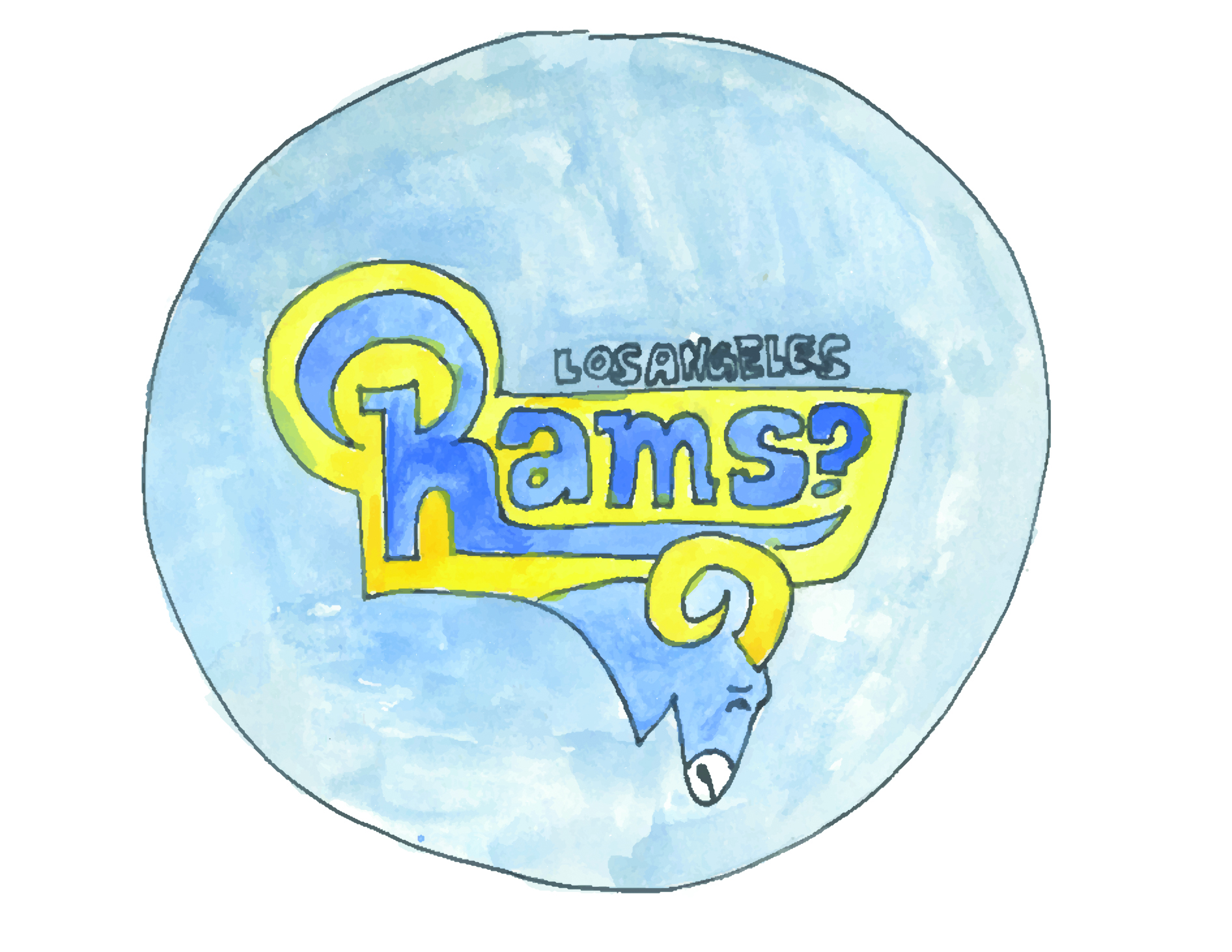
Kelsey Knorp
National Beat Reporter
Inglewood will soon be home to the most expensive stadium in national sports history, commissioned by the National Football League team that will return to Southern California next professional season after two decades away.
Owner Stan Kroenke of the St. Louis-turned-Los Angeles Rams, whose personal net worth has been reported at about $7.4 billion, plans to borrow $1 billion from JPMorgan Chase & Co. to help fund the $3 billion mixed-use development dubbed “NFL Disney World.”
The stadium, expected to open for the 2019 season, will be the centerpiece of the 300-acre complex. Until its completion, the University of Southern California Trojans will share its home, the L.A. Memorial Coliseum, where the Rams played from 1946 to 1979.
Los Angeles, the second-largest media market in the country, has long been used as a bargaining chip for NFL owners nationwide. In 2002, the Indianapolis Colts threatened to relocate to the entertainment capital, prompting the city to front $620 million for the construction of the team’s current downtown stadium. The Colts, for their part, only contributed $100 million for the work.
Since the Oakland Raiders and St. Louis Rams left Los Angeles in 1995, 27 of the 32 teams in the NFL have built new stadiums or carried out at least $400 million in renovations — each — using a cumulative $6 billion in state and local tax revenue bestowed in the form of public subsidies. The Rams were no exception.
The team was lured to St. Louis after its 50-year stint in LA by the promise of a $285 million publicly funded stadium to be maintained and updated routinely by the city, and a commitment to sell enough “personal seat licenses” — one-time fees which entitle holders to purchase season tickets for certain stadium seats — to cover the Rams’ $67 million relocation costs. The Rams, however, only had to cough up $46 million in reparations to the NFL.
By contrast, the stadium planned for Inglewood is a bit of an NFL anomaly, since it will be financed entirely by private contributions. Though uncommon, the move is not especially surprising given the Rams’ long-term fiscal impact on St. Louis and broader Missouri. Even after the team moves, the city, county and state will continue to owe a cumulative $129 million to pay off the bonds sold to build and maintain the Edward Jones Dome, erected to house the Rams 20 years ago.
Even without the burden of public debt, the Inglewood complex could significantly impact the Los Angeles city operations, according to some experts. Sports economist John Vrooman of Vanderbilt University, and Stanford University professor Roger Noll told the Los Angeles Daily News they have doubts about whether the stadium will help the local economy.
Vrooman called potential new cash flow from the facility “negligible,” on the grounds that spending inside the stadium will take the place of revenue that would otherwise be generated at surrounding local establishments. He claimed the venue’s design is intended to “hermetically capture” most economic benefits within the complex itself.
What’s more, the Rams aren’t the most profitable franchise to lay claim to LA. Ranked 28 by Forbes, the team generates an estimated $290 million in yearly revenue, despite a net worth of almost $1.5 billion.
They’ll have to compete with the Lakers, valued at $2.7 billion with over $300 million in revenue; the Dodgers, valued at $2.4 billion with a $400 million revenue stream, among others. Despite variance in season schedules, the Rams will see a two-to-three-month overlap with pro basketball and a roughly one-month overlap with baseball.
That’s not to mention the area’s popular football brands at the college level: the USC Trojans and UCLA Bruins. Supporters on either side of the rivalry may find themselves with extraordinarily busy weekends should they choose to commit to the NFL franchise, with back-to-back college games on Saturdays and pro games on Sundays.
Some have reported that the Trojans, at least, stand to benefit from the move; the Coliseum’s new revenue stream will allow for a projected $270 million in upgrades to the venue over the next three years.
The median household income in Inglewood is roughly $43,500 per year — about 29 percent lower than the rest of California — according to the most recent Census Bureau data. Only about 35 percent of local residents own homes, and 22 percent live below the poverty line.
But though many of these residents could struggle against potential increased housing prices and living expenses, proponents have countered these concerns by pointing out the 23,000 jobs, both full- and part-time, that the construction work will create. An additional 10,500 are promised for when the complex opens, according to documents filed with the Inglewood City Council.
Stockbridge Capital Group has partnered with Kroenke and the Rams to develop the stadium and surrounding complex, which is expected to include entertainment, retail and office space. The $2 billion not covered by the JPMorgan loan will in part be financed by the Rams’ sale of naming rights and personal seat licenses, as well as a $200 million loan from the NFL.
The project could be eligible for another NFL loan if the San Diego Chargers accept a one-year option to share the new stadium with the Rams in LA. Should they decline, the offer will be extended to the Oakland Raiders. The NFL has barred the Rams from selling their lucrative naming rights and personal seat licenses until February 2017, unless another team joins them in LA.
“It’s quite a privilege,” Kroenke said at an LA press conference. “We’re looking forward to moving ahead with this. It’s been a long road, but we made it. We’re going to have some fun.”

















Nice K Knorp!
Comments are closed.